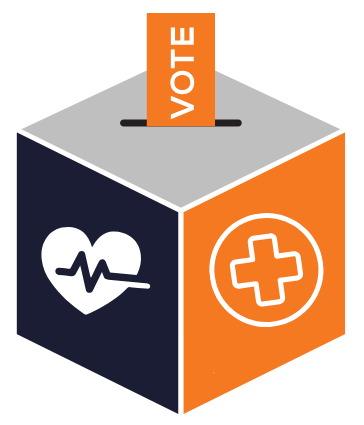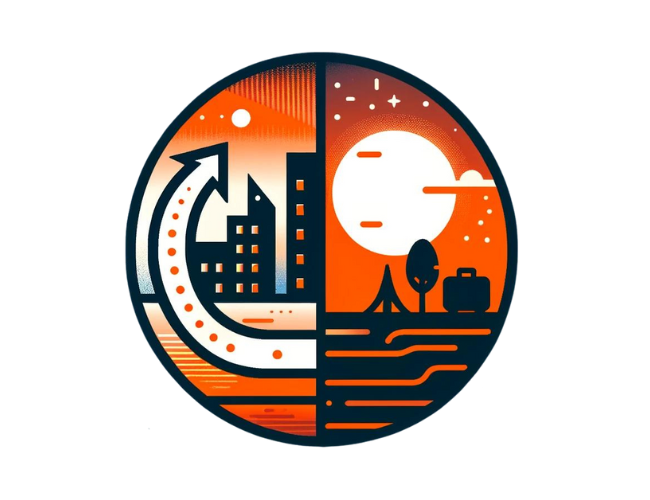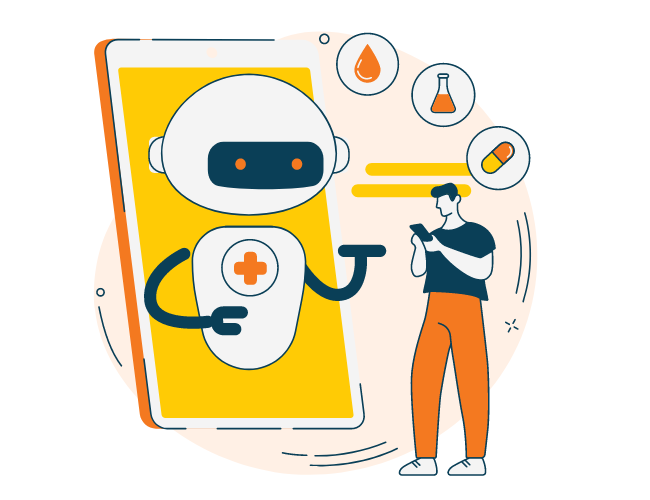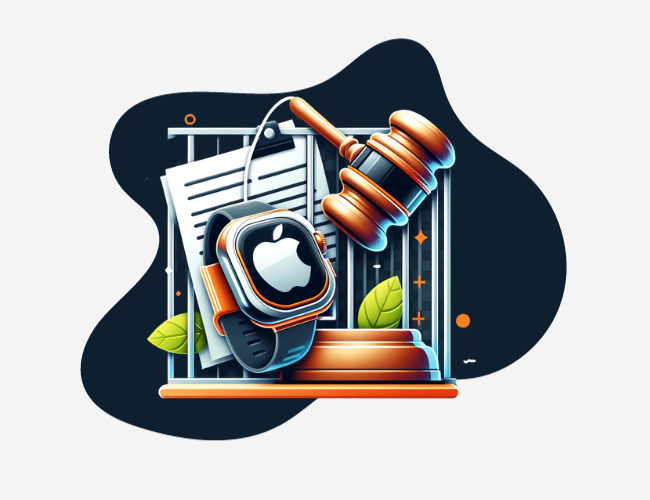As technology has advanced significantly over time, wearable devices have seamlessly transformed into everyday health and communication tools. Amidst fierce industry competition, exemplified by Amazon’s discontinuation of its Halo wearable line, wearable technology is making waves in personal health tracking, daily communication, and workplace wellness.
This article delves into the evolution of wearable health devices, their impact on industry dynamics, their diverse workplace applications, and provides insights into their future trajectory.
Pressed for time? Here’s a quick summary…
- Wearable health-tracking technologies are being increasingly used by the public, from fitness trackers and smartwatches to ECG monitors and biosensors.
- Tech giants and innovative startups are vying for dominance in a progressively competitive wearable technology market.
- Wearable health devices should be a supplement, not a replacement, for holistic health initiatives in the workplace to encompass all dimensions of employee well-being.
- While wearable devices can improve personal health management and communications, there are several drawbacks to consider, including inaccurate data measurement, limited medical relevance, and data security concerns.
- From the adoption of renewable energy sources to AI integration, there are many exciting potential forms, functions, and features of wearable technology coming in the future.
Evolution Of Wearable Technology
Wearable technology isn’t as contemporary as one might think. Its journey can be traced back to the invention of eyeglasses in 1286, followed by the Abacus Ring in the 1600s, and the Roulette Shoe and pedometer in the 1960s.
The creation of the pedometer was an instrumental turning point for wearable health technology, transforming the ability to measure physical activity. With time, these technological advancements led to the development of integrated accelerometers. This unlocked the possibility of tracking steps, distance travelled, and other physical activities, extending the capabilities of devices far beyond the simple pedometer.
Continuous innovation and the process of miniaturization have played crucial roles in the evolution of wearable technology, with the accelerometer serving as a pivotal component. This groundbreaking development has paved the way for sophisticated devices like the Apple Watch, making technology smaller, more portable, and increasingly applicable to daily life.
In the past, complex health-tracking technologies were confined to medical facilities. However, such tools are now accessible to the public.
- Wearable Fitness Trackers: Wearable Fitness Trackers are wristbands embedded with sensors to track various vitals like heart rate, body temperature, and stress levels, syncing with smartphone apps to provide valuable health and fitness insights. Their ability to promote proactive health management enables users to recognize early warning signs of health issues and make lifestyle adjustments accordingly.
- Smartwatches: Evolved from simple step-counters, smart health watches offer notification management, messaging, and call-handling functionalities, alongside health-tracking features. Smartwatches redefine interaction with technology, making it possible to manage communications and health tracking without reaching for a smartphone.
- Wearable ECG Monitors: Wearable ECG monitors measure electrocardiograms (ECGs). Some can track various physical activities and send health readings directly to doctors. Their capacity to detect potential heart problems early on enhances the chances of timely intervention.
- Wearable Blood Pressure Monitors: Wearable Blood Pressure Monitors track blood pressure. Some record daily activity and enable data sharing with physicians through a mobile app. These devices allow for continuous monitoring, which can help detect hypertension and related health issues earlier than traditional methods.
- Biosensors: These self-adhesive patches can collect patient data on movement, heart rate, respiratory rate, and temperature. This aids in early disease detection and facilitates personalized treatment plans, contributing significantly to the field of remote patient monitoring.
Over a quarter of the US population currently uses wearable devices, and this number is only expected to increase.
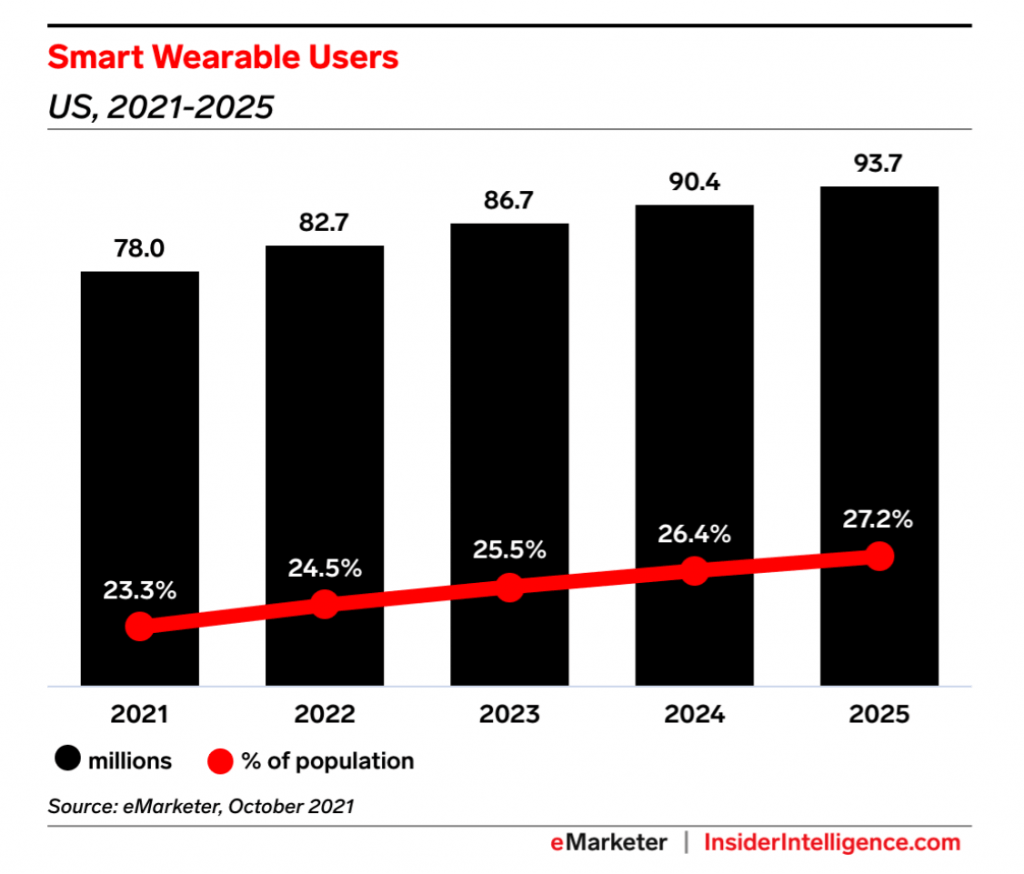
This uptick has potential implications for consumers, insurers, health care providers, and employers, encouraging them to harness the benefits of wearable health monitoring devices.
- Consumers can better manage their personal health.
- Insurers can mitigate rising patient costs as customer lifetime value increases.
- Health care providers can enhance patient care by leveraging real-time health data.
- Employers can improve employee health and well-being, ultimately boosting productivity and performance.
The Battle For Dominance In A Competitive Landscape
As the narrative of wearable health devices continues to unfold, the landscape is becoming increasingly dynamic and fiercely competitive. Today’s market is a lively battlefield with tech giants and innovative startups vying for dominance.
Recently, Amazon decided to discontinue its Halo division, a health-oriented line of wearable fitness trackers. The move involves halting the sale of Halo devices, including the Band, View, and Rise, and implementing workforce adjustments within the division.
We recently made the difficult decision to stop supporting Amazon Halo effective July 31, 2023.
Melissa Cha, Amazon
The company’s VP of smart home and health, Melissa Cha, cites challenges such as a highly competitive market segment and economic instability as factors leading to the decision. Amazon’s late entry into the fitness tracker industry and the more advanced capabilities of rivals like Fitbit, Apple, and Samsung may have also influenced this move.
Halo’s closure has been met with notable triumph from Will Ahmed, CEO of Whoop, a fitness band startup favored by athletes. Ahmed, who previously engaged in investment talks with Amazon, accused the tech giant of replicating his product when they launched a competing device two years later. Despite the controversy, Whoop continues to prosper as the official partner of the NFL and PGA Tour. With star athlete ambassadors like Tom Brady, the brand continues to make strides in innovation, persistently releasing new versions of its fitness wearable.
Meanwhile, another player, Oura, is making strides in the wearable health technology sector with their innovative wearable: the Oura Ring. This device differentiates itself with a focus on sleep tracking, along with capturing numerous factors like heart rate, heart rate variability, breathing rate, skin temperature, and time spent in each sleep stage. As a minimalist, wedding-band-like accessory, the Oura Ring provides a lightweight, discreet alternative to wrist wearables.
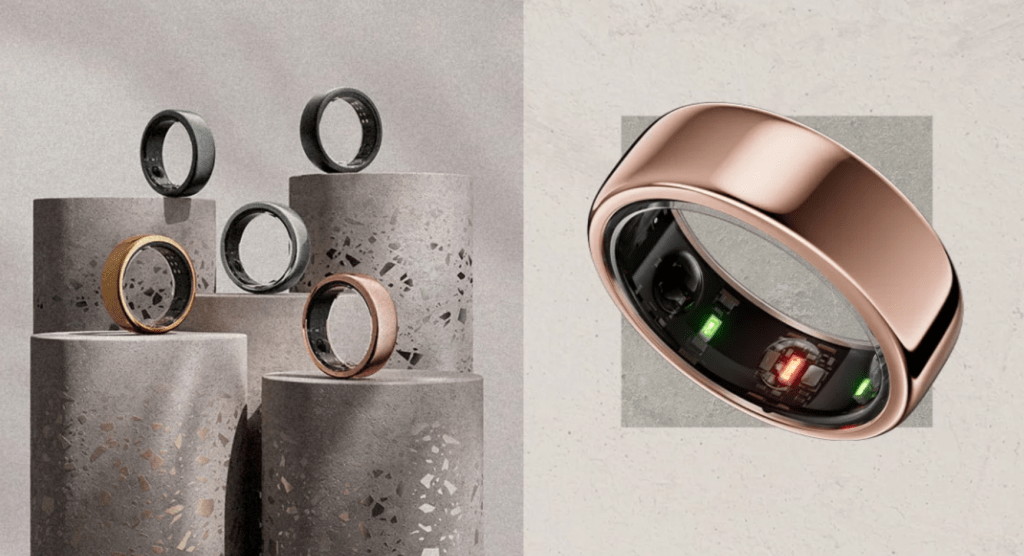
In this rapidly evolving landscape, the closure of Amazon’s Halo division serves as a reminder of the intense competition in the wearable health device market. However, amidst the challenges, success stories like Whoop and Oura demonstrate the potential for innovative startups to thrive and offer unique solutions.
As the industry continues to evolve, it is clear that the future of wearable health devices holds both challenges and exciting opportunities for companies to make a lasting impact on personal health and well-being.
Benefits & Drawbacks Of Wearable Health Devices
With unceasing momentum and a growing impact on society, it’s important to weigh the pros and cons of wearable devices.
Benefits Of Wearable Health Devices For Employees & Health Care Professionals
- Personal Health Monitoring: Wearable health devices monitor various metrics like heart rate, physical activity, and sleep patterns, providing employees with an ongoing log of personal health data and empowering them to make informed lifestyle choices.
- Goal Setting & Progress Tracking: Fitness trackers and smartwatches enable users to set and track personal fitness goals, encouraging a more active lifestyle and promoting motivation to maintain health targets.
- Early Health Warnings: Some wearable devices can identify abnormal health metrics and provide early warnings for potential health issues. While not all devices are medical grade, they can offer timely alerts that could prompt a professional health check.
- Enhanced Patient Monitoring For Health Care Professionals: Wearable health devices collect data over time, creating a comprehensive health profile for the user. Clinicians can leverage this data to enhance patient care and personalize treatment plans.
- Encourages Preventive Health Care: By keeping track of fitness levels, sleep cycles, stress levels, and more, wearable health devices encourage individuals to practice preventive care and lead healthier lifestyles.
Potential Drawbacks & Limitations Of Wearable Health Devices

- Inaccurate Data Measurement: Some wearables occasionally provide inaccurate data, which could mislead users.
- Limited Medical Relevance: Despite their ability to monitor various health metrics, wearable devices are not substitutes for human professionals and cannot diagnose or treat medical conditions.
- Data Security Concerns: Wearables collect personal data and often transmit it wirelessly, creating concern for data breaches.
- Over-Reliance: Users may become overly dependent on these devices for their health monitoring, potentially neglecting professional medical care or ignoring their body’s signals.
- Limited Battery Life: Most wearable health devices require regular charging, which could be inconvenient for users. Some devices may not last more than a day, resulting in inconsistent data tracking.
Should Employers Still Purchase Wearable Devices For Employees?
Wearable technology should be a supplement, not a replacement, for a comprehensive wellness approach.
Wearable technology has promising applications for organizations, including:
- Improved Health & Well-Being: Providing employees with fitness trackers, potentially coupled with a corporate wellness program, can promote a culture of health. Employee health and well-being are predictors of numerous business outcomes, including employee engagement, retention, and satisfaction.
- Enhanced Productivity: From an employee referencing task updates on an Apple Watch to a warehouse worker using smart glasses for efficient navigation, wearables can enhance communication and efficiency.
- Increased Safety: Real-time monitoring of physical conditions can help prevent workplace accidents, cultivating a safe and healthy workplace.

The efficacy of wellness programs centered around a single device is often inconsistent. Not all employees will resonate with a specific device, possibly reducing overall participation. For instance, wearables like Whoop may appeal predominantly to high-performance athletes, not the average worker. Therefore, offering access to various devices in wellness programs and ensuring integration with all major apps could improve engagement and health outcomes.
Integrating wearable technology into the workplace also sparks controversy due to concerns about data security. These devices may unintentionally compromise employee privacy or risk organizational data breaches, particularly when used for business communications. Employers must develop comprehensive policies regulating the use of wearable technology, with an emphasis on network access and data security.
Wearable technology should be a supplement, not a replacement, for a comprehensive wellness initiative. A sole focus on wearables, which tracks physical health metrics, may neglect other wellness dimensions like mental health, financial stability, or social well-being. Thus, while wearables can make contributions to the physical health component of a holistic wellness program, they should be complemented by other initiatives that cater to all dimensions of employee well-being.
Future Of Wearable Health Devices
A look into the potential future forms, functions, and features of wearable devices offers valuable insight into its trajectory:
- AI integration: Future wearable technology will incorporate artificial intelligence (AI) to provide personalized medical alerts and health recommendations based on the wearer’s health history and metrics. Apple Quartz, for example, is envisioned to be an AI health coach that delivers tailored nutrition, fitness, and sleep recommendations using Apple Watch data.
- Clothing with vital statistic monitors: Wearable technology may soon move beyond conventional devices to clothing embedded with sensors. These could monitor a range of health indicators, from liver and kidney functions to electrolyte levels.
- Adoption of renewable energy sources: Wearable tech will soon integrate renewable energy sources like solar charging and kinetic energy from body heat and motion. This will allow devices to self-charge throughout the day, enhancing the convenience and consistency of health tracking.
- Increased integration of wearables: Future wearables will likely operate in harmony, forming an interconnected ecosystem of smartwatches, clothing, footwear, and eyewear working together to monitor health metrics. This will build an increasingly comprehensive health profile.
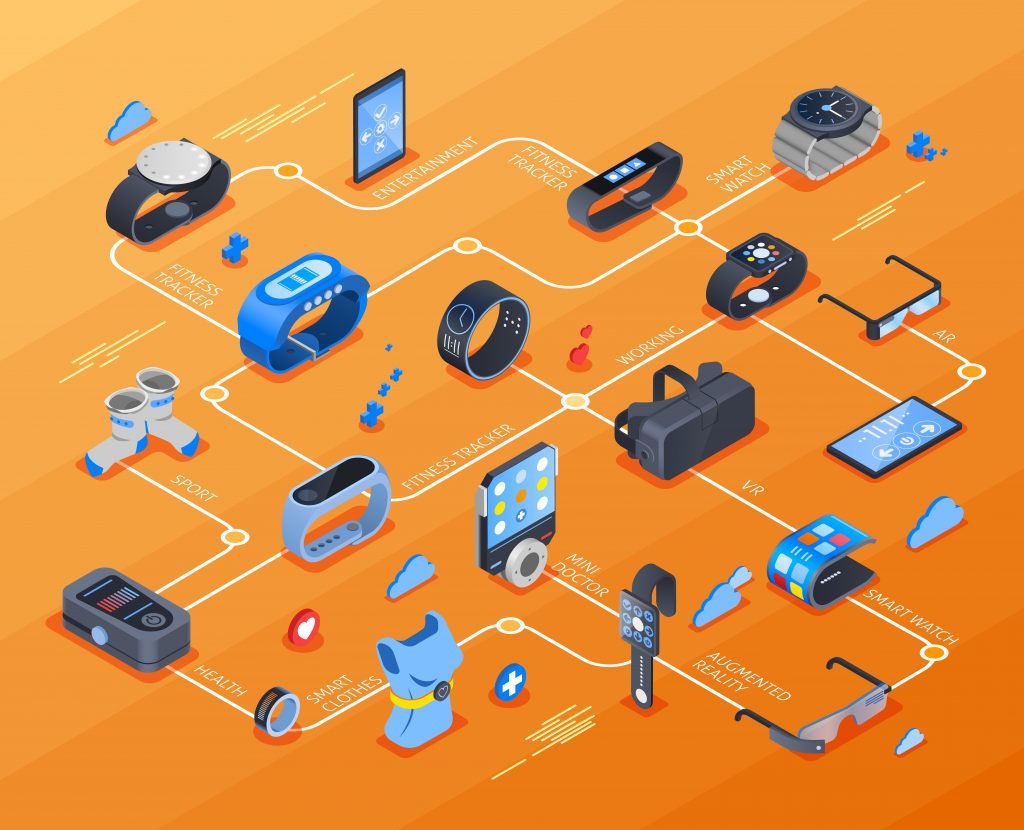
- Remote patient monitors: Wearable technology will likely play a significant role in remote patient monitoring, reducing hospital stays and expensive treatments for those with chronic conditions.
- Mind-controlled devices: Users may eventually control wearable devices using mind commands facilitated by a headband that pattern-recognizes brain waves. This could offer newfound independence to people with severe disabilities.
- Augmented reality (AR) overlay: Future wearable devices may integrate augmented reality, overlaying digital content on the physical world. This could have numerous applications, from real-time workout feedback to healthy grocery shopping assistance.
Conclusion
The transformative journey of wearable health devices has already redefined personal health monitoring and workplace productivity, but this is just the beginning. From self-sustaining energy sources to augmented reality, the future is brimming with innovations for employee wellness.
For employers to fully harness these advancements, an employee wellness platform integrating with all major apps and devices is essential. This enables inclusive data collection and supports the use of various devices, ensuring maximum participation, engagement, and improved health outcomes.



